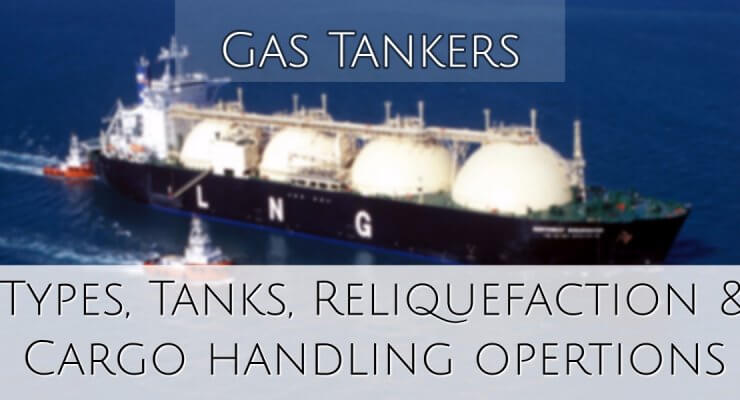Different Types of Gas Tanker Ships Gas carriers can be grouped into five different categories according to the cargo carried and the carriage condition. These are as follows:Fully pressurised ships Semi-pressurised ships Ethylene ships Fully refrigerated LPG ships LNG shipsThe first three ship types listed are most suitable for the shipment of smaller-size cargoes of LPG and chemical gases. This is normally accomplished on short-sea and regional routes. Fully refrigerated ships are used extensively for the carriage of large size cargoes of LPG and ammonia on the deep sea … [Read more...]
